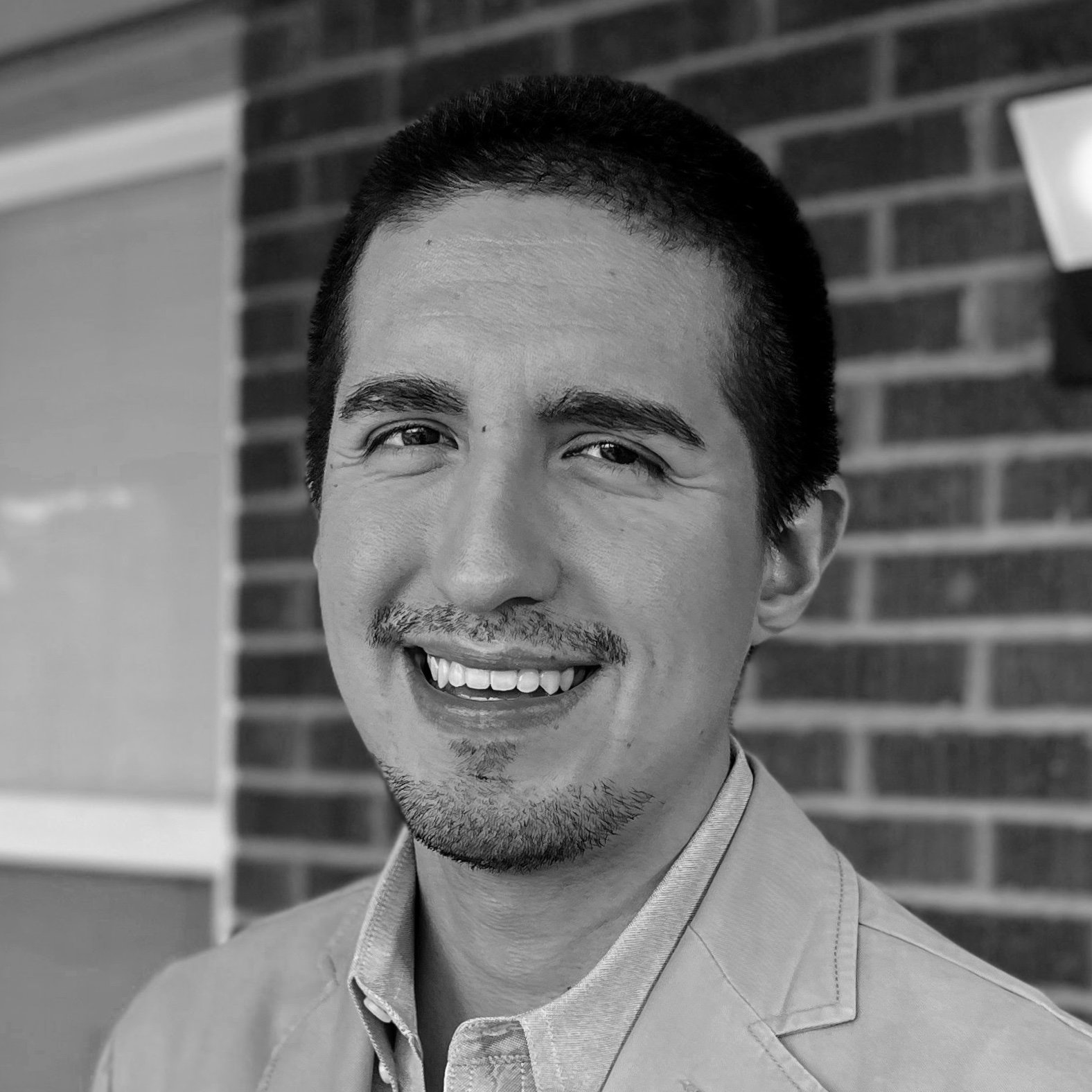Beyond the Arrow:
A Photo Essay Toward a Houston Panorama (2022)
by Edward Santos Garza
Part 1 of 3
pylon project series
Something that I love about The Houston Artist Speaks Through Grids is that it tells a story that has pretty much nothing to do with the areas of Houston that dominate popular imagery of it, whether that imagery takes the form of a social-media ad for tourism, an establishing shot during a sports broadcast, or even a random episode of House Hunters. What are the lazy, go-to snapshots of Houston? The view of downtown from Eleanor Tinsley Park (link 1), for sure, maybe also a shot of a retired space shuttle at NASA, seen with a four-person family for scale. The sports broadcast will usually include helicopter footage of Houston’s skyline at dusk, while other footage may show a METRORail train zipping through downtown or the city’s medical center. And let us not forget the leafy, mansion-filled views of River Oaks.
If you live outside the Bayou City and see slick photos of it that are not of downtown or the far-flung suburbs, then you are probably seeing destinations inside the Houston Arrow. The Arrow, which I became acquainted with last year via a brilliant thread by Zoë Middleton (link 2), is a lens through which to view Houston’s inequality. Starting in the city’s western half and ending near downtown (link 3), it is a constellation of Houston’s most privileged neighborhoods (i.e., the neighborhoods with cleaner air, cleaner water, smoother roads, more effective drainage systems, more trees, more walkable blocks, more numerous grocery stores, more adequately funded schools, etc.). Do you remember the nice house from the TV show Reba, which was set in Houston? If that house were located in certain swaths of the Arrow (as opposed to its apparent location in the city’s western ‘burbs [link 4]), then it would be only slightly remarkable, a rich person’s idea of middle class.
Of course, the Houston Arrow echoes and embodies the inequality that is deepening across the United States. The work of those who have charted the Arrow may help those in other cities streamline their activism, improve their organizing. I imagine that other cities of the Sun Belt—Atlanta, Dallas, Phoenix, etc.—contain something similar to the Arrow, a pocket of neighborhoods where wealthy homeowners benefit from the factors above, enjoying better health outcomes and stronger protections against extreme weather. (This is to say nothing of the housing inequalities in the "progressive" bastions of the U.S.)
In so many ways, Houston deserves more. By documenting the labyrinth beyond the Arrow, this project tells a fuller story about the city not only to the outside world, but also to Houstonians themselves. It offers an overdue, overarching mode of perception. As a native Houstonian, I am honored to contribute.
What better emblem of this project’s mission than a pylon sign in front of a shopping center, resplendent with colorful panels promoting the center’s businesses? It is no coincidence that you have to drive outside the Arrow to encounter larger, busier pylon signs. (I am referring to the older, sun-bleached signs, by the way, not the dull monoliths built more recently.) A seasoned pylon sign is too profane, too utilitarian for the eyes of old money. In his 2008 essay about the Bayou City entitled “Southern Comfort,” (link 5) the poet and former University of Houston professor Mark Doty shows his appreciation for this aesthetic:
Houston's a universe of visual detail. Drive down the freeway (this is a city built on the premise of the personal vehicle, a private sphere to propel you through public spaces) and you become a reader of the telegraphic messages the city pulses out all day, all night: Bail Bonds, Paternity Tests, Taqueria, Weight Loss, Wireless, Margaritas, No Credit? Bad Credit?, God's Got a Plan for You, Gentlemen's Club, Nails, BBQ, Christian Singles. The city's welter of signs is a crazy patchwork of human desires given material form.
Giving human desires material form: The pylon sign accomplishes this task bluntly yet baroquely. It broadcasts a narrative about its community. How can we perceive it as anything besides a work of art?
The pylon signs in my photos here are located throughout where I grew up, southeast Houston, an area that sits nebulously (at least to many other Houstonians) south of the historic East End neighborhood and north of the NASA-adjacent suburbs. It seems that most folks’ acquaintance with the southeast side entails Hobby Airport, maybe some Tex-Mex or Vietnamese food, and not much else. As someone whose concerns about the future of Houston could populate an essay of their own, I appreciate the chance to document the beauty of this hometown within my hometown as it exists in the early 2020s. From the pylon signage to the other grid-based subjects, I am glad to share these photos with you.
Edward Santos Garza has published essays in the Houston Chronicle, Texas Books in Review, and enculturation, among other venues. A graduate of the University of Houston and Texas State University, he has taught humanities courses at various institutions, most recently Houston Community College. He can be followed on Instagram and Twitter at edwardsgarza.
